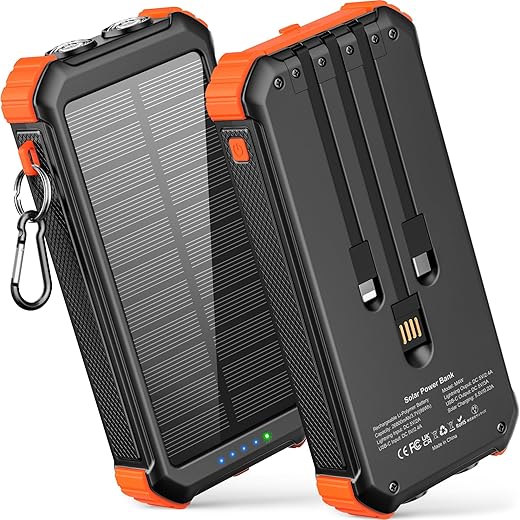
Why a Featherweight Solar Charger Is Your Backpack’s Best New Friend
Backpacks get heavy fast: water, snacks, a first-aid kit—and that extra battery pack which doubles your load. Lightweight solar chargers promise to siphon power from the sun so you can skip lugging extra batteries. Minimalists cheer; ‘just-in-case’ folk groan. Either way the idea is simple: harvest sunlight, keep your essentials alive, and stop praying your phone survives the map detour.
This article cuts through specs-speak and marketing fluff. You’ll learn what lightweight actually means for watts and grams, how chargers perform in real sun, which designs survive the trail, and smart pairings with power banks. No techno-babble—just practical tips to pick a charger that won’t bail on your backpack.
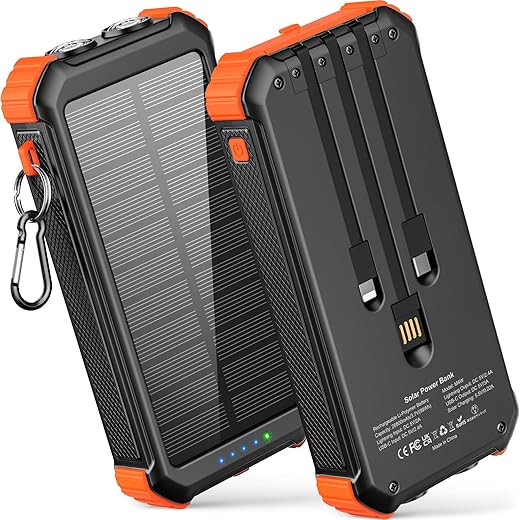
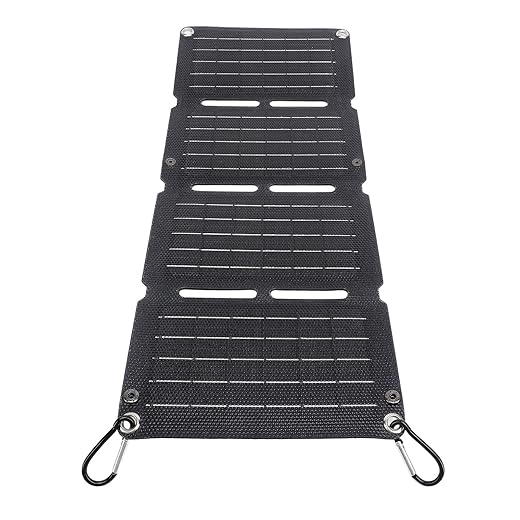
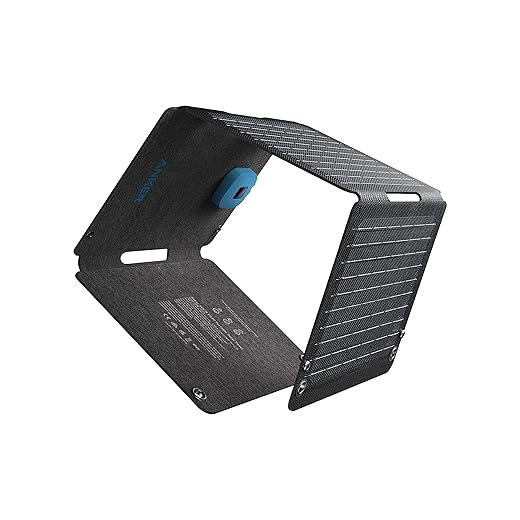
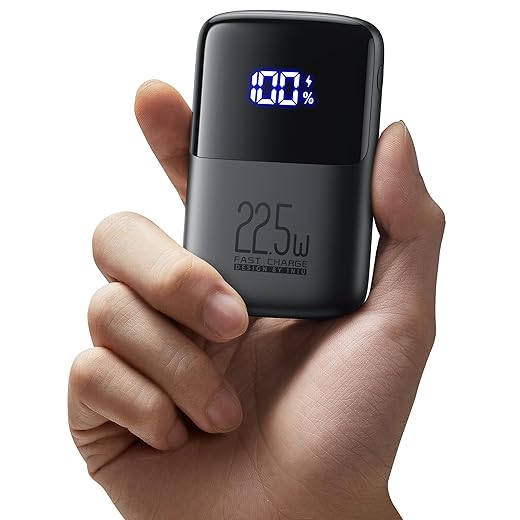
What 'Lightweight' Really Means: Weight, Watts, and Backpack Reality
Label Claims vs. Real Output
Manufacturers list grams/ounces and a peak-watt number measured in perfect lab sun. On the trail you get something like the panel whispering, “I only weigh this much, but don’t drop me off a cliff.” Expect 40–60% of rated watts on a bright but partly angled ridge, 10–30% under a spruce canopy or on a cloudy morning. Key causes: sun angle, temperature, partial shading, and the difference between STC lab conditions and real life.
Actionable tip: assume roughly half the advertised watts for planning charging time, and check if the charger has MPPT or smart-regulation (it helps).
Packability & Where It Lives in Your Pack
Weight isn’t the whole story — volume and folding behavior decide if it lives strapped to your pack or crumpled inside.
Durability: Featherweight vs. Trail Tough
Materials matter: PET laminate is light but scuffs; tempered glass or thicker backing survives knocks. Look for reinforced grommets, replaceable cables, and a weather-resistant sleeve. If you’re tossing it in a bear bag, choose something with hardier seams.
Quick, practical rule: if your trip includes lots of bushwhacking, favor slightly heavier panels with more protection; for a sun-run to the summit, shave ounces and accept fragility.
Real-World Scenarios (fast picks)
Next up: how to judge that usable power in practice — we’ll break down sunlight math, spec red flags, and smart expectations so your charger actually delivers when you need it.
How to Judge Real-World Performance: Sunlight, Specs, and Smart Expectations
Wattage and efficiency — what to mentally translate
Watts on the sticker = peak power under perfect lab sun. In the field translate to useful power after losses: panel inefficiency, angle, temperature, and conversion losses. Quick rule: assume ~50–70% of rated watts on a sunny day, 10–40% under mixed conditions.
MPPT vs PWM and open-circuit voltage (Voc) — the basics
MPPT = small brain that finds the panel’s sweet spot; it often nets 10–25% more energy than PWM on small panels, especially with inconsistent sun. Voc (open-circuit voltage) tells you the panel’s max unloaded voltage — useful if you’re measuring with a multimeter or matching a charge controller. If Voc looks tiny, your regulator may struggle in low light.
Angle, shade, midday — the practical sun rules
Panel output follows roughly the cosine of the sun angle — tilt it toward the sun and you can double output vs a badly angled panel. Midday (≈10:30–14:00) is the money window: more direct rays and higher irradiance. Heat hurts too — expect ~0.3–0.5% loss per °C above 25°C. Partial shade can crash output; bypass diodes help, but don’t rely on them to save a shaded panel.
Backyard tests you can run right now
Friendly rules of thumb (good sun, realistic)
So no, your napkin-sized panel probably won’t run a Bluetooth speaker all night. Keep margins conservative for multi-day trips. Up next: let’s look at how design and materials turn those numbers into a packable, trail-proof unit.
Design and Build: Materials, Portability, and Trail-Proofing
Form factors: rigid vs folding vs rollable
Rigid panels (glass or hard polymer): highest efficiency and durability for fixed camps, but chunky and heavier. Folding panels: the sweet spot for day hikers — compact, decent output, usually with built-in pockets. Rollable/cloth-like panels: ultra-light and forgiving in a pack, but can be less efficient and often pricier per watt.
Materials & cell types
Monocrystalline cells = best power-to-weight; polycrystalline = cheaper/heavier. Protective layers matter: PET coating is lightweight and flexible but can delaminate; tempered glass is tough but adds weight. Fabric backings (nylon canvas) improve abrasion resistance and let you stitch attachment points.
Connectors, cables, and electronics
Look for USB-C PD if you want real laptop or fast-phone charging; USB-A is fine for old gear. Built-in cables are convenient but if they’re thin and glued at the seam, they’ll fray. Prefer detachable cables with reinforced strain relief. Check whether the unit includes basic overcurrent/short protection or explicitly states PD compliance.
Mounting and weather resistance
Common mounting: carabiner loops, Velcro straps, adhesive loops. Test attachment points—pull them; they should be sewn into the fabric, not glued. Weather ratings: IPX4 splash-resistant is OK for drizzle; IP65+ is better if you plan to camp through sideways rain.
Common failure modes & what to inspect
When shopping, do a tactile QA: tug on attachment loops, flex the panel to see if cells creak, open accessory pockets and test the zipper, and ask whether the manufacturer includes overcurrent protection and a warranty. Poor construction is like a tent that only leaks during the dramatic thunderstorm—spectacularly inconvenient.
Battery Pairing and Charging Strategies: The Solar+Powerbank Tango
Why pair a lightweight panel with a power bank?
Most featherweight panels are variable performers—they spit out whatever sun they get. A power bank smooths that out: it stores sun-energy when it’s available and delivers steady juice after sunset or under cloud cover. Think of the panel as the pianist and the power bank as the amp that actually fills the campsite.
Choosing a partner power bank
Balance capacity vs. weight: 5,000–10,000 mAh is great for day trips; 20,000 mAh+ is for multi-day trips or powering tablets. Prioritize USB-C PD (Power Delivery) if you want faster phone or laptop top-ups, and look for pass-through charging if you expect to charge the bank while it’s powering devices. When capacity conflicts with speed, choose capacity on long trips (you’ll value stored Wh more than a 30W burst).
Charging workflows for common trips
Day-hike pit stop
Campsite top-up
Continuous trickle-charge (multi-day)
Schedules & quick tips
Humorous aside: Don’t try to charge your drone, your ego, and every device at once—your little panel is not auditioning for a power-show.
Field Considerations: Placement, Security, and Weather-Proofing Tricks
Aim and angle — get the sun, not sunburned knees
Use what’s around — natural fixtures and fast improvisation
Dealing with shade and micro-siting
Keep it safe without becoming a knot-tying novelist
Weather: rain, dew, and drying hacks
Choosing the Right Charger for Your Trip: Decision Flow and Quick Checklists
Quick decision flow — which profile are you?
Ultralight day-hiker
Weekend car camper
Thru-hiker
Bikepacker
Purchase checklist
Pre-trip packing checklist
Budget vs performance
Quick troubleshooting (if output’s low)
Ready? Great — we’ll wrap up the packing philosophy next in the conclusion.
Pack Light, Charge Right, and Keep the Tunes Playing
Lightweight solar chargers can really shrink pack weight and extend adventure time—if you pick with realistic expectations and pair them with the right battery strategy. Know your power needs, test real-world performance before you leave, and prioritize durable materials, reliable connectors, and smart charging logic.
Treat the charger like a teammate: secure it, orient it, and stash a powerbank for cloudy hours. Now go test your setup on a sunny trail (not a rainy summit), enjoy longer days and charged devices, and tell a friend how clever you are. Seriously go.


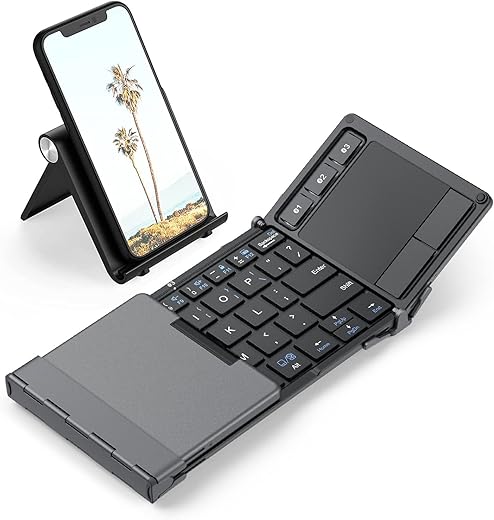



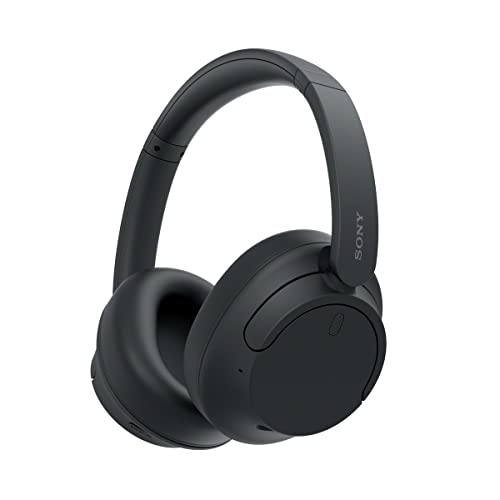

This piece was super practical. I literally wrote down a mini-checklist while reading:
– Trip length
– Device power needs (watch/phone/speaker)
– Weather forecasts
– Panel placement options on route
– Powerbank weight & temp sensitivity
A few things I’m curious about:
• Any recommended minimum watts for a weekend with two people sharing? Is 30W enough if you both use phones and a speaker intermittently?
• The 40W Dual-Port Fast Car Charger feels a bit out of place in a backpacking guide — maybe add a note for road trips?
Overall: love the mix of specs and actual trail tips. Kept it non-nerdy and usable.
Agreed re: car charger — it’s handy for pre-trip top-ups. Not a trail essential, but useful for folks who drive to trailheads.
For two people I’d aim for ~20–30Wh usable per day each (depends on usage). So a 26800mAh bank can cover most casual weekends.
Thanks, Jenna — great checklist! For two people on a weekend, 30W (like the PS30) is okay if you charge sequentially and pair with a 10000–20000mAh bank. The 40W car charger made the product mentions because many readers also combine car-to-trail scenarios; we’ll add a clearer label for road vs. trail use.
Good idea — I’ll add a small ‘road-trip vs. trail-only’ badge to the product callouts in the next revision.
If you both have power-hungry phones, consider rotating charging: panel to bank in sun, bank to phone overnight. Works better than trying to run both off panel in partial shade.
Loved the tone. Quick question though: if I have the PS30 (30W) and a 10000mAh PD bank, will that PD bank accept trickle from the solar panel while still charging the phone? Or do I need to charge the bank first then the phone? I’m lazy and want one-step charging. 😬
Good question — it depends on the bank. Some PD banks support pass-through charging (panel -> bank -> phone simultaneously) but many don’t or they throttle. Check the bank specs for ‘pass-through’ or ‘simultaneous charge and discharge.’ If not supported, best to charge the bank then the phone.
Modern PD banks sometimes do it well — check reviews. Also use good cables to avoid watt loss.
I tested a cheap PD bank once and it heated up a lot when pass-through charging — probably not worth it for long sessions. Better to alternate.
Solid article. Lightweight matters WAY more than bragging rights about high wattage for me — I’m carrying kid snacks, camera, and a thermos. The PS30 seems like the sweet spot.
Really enjoyed the ‘pack light, charge right’ vibe. I own the Anker Solix and it’s surprisingly durable — folded into a small sleeve in my daypack.
Couple of practical notes:
– Clip it to the outside of the pack when you’re moving, but keep it face-down if you’re going through wind and dust.
– If rain starts, a simple drybag over it works better than a full pack unzip — saved me twice.
Would have liked a tiny section on cable management though (micro tangles ruin mornings).
Use a short paracord loop and a tiny carabiner — keeps the cable neat and prevents snagging on branches.
Great real-world tip about face-down in windy/dusty conditions — I’ll add that to the field considerations. Cable management is on our list for a short follow-up post.
Appreciated the weather-proofing tricks but wanted more on security — theft while camping is rare but possible.
Here are a couple practical things I do:
– Hide a small bank in a sealed bag inside a dry pocket when overnighting in crowded spots.
– Keep the solar panel out during the day but tether it to the pack with a small cable lock.
Also: the article lightly mentioned fabric coatings — would love brand recs for truly water-shedding panels.
Minor nit: some grammar hiccups in the ‘Battery Pairing’ section, might confuse newbies.
I use a tiny TSA-style cable lock (not much for actual theft, but it deters opportunistic snatch-and-runs). Also adds peace of mind.
One more note: we’ll add a short ‘security checklist’ under field considerations — good catch.
Thanks, Hannah — excellent security suggestions. I’ll add the tip about tethering with a cable lock and include a short list of weather-resistant panel brands in the next edit. Also passing the grammar note to the editor.
If worried about theft, conceal the bank inside a stuff sack that looks boring — people ignore plain stuff sacks more than shiny gear.
For fabric coatings, look for panels advertised with DWR (durable water repellent) and reinforced seam seals. Not all vendors list it though.
Short and sweet: great article. Quick ask — how do you personally decide between ‘lightweight’ and ‘higher watt’ when the weight penalty is only 150–300g? Is that worth it for the extra 10–20W? Curious about ‘backpack reality’ tradeoffs.
I flip a coin — then remember my knees. Kidding. If terrain is technical, go lighter. If it’s flat and you camp a lot, go higher watts.
Good question, Marcus. My rule of thumb: if it’s a day or weekend trip and you value speed/comfort, favor lightweight. For multi-day or group trips where you’re charging multiple devices daily, the extra watts usually justify the weight. That 150–300g feels bigger on long hikes.
Nice roundup — loved the practical tips. A couple quick notes from my own weekend hikes:
– The Anker Solix PS30 actually charged my phone from ~20% to 70% in about 90 minutes when clipped to my pack in direct sun (midday).
– But don’t forget the cold: my 10000mAh 22.5W PD bank lost juice way faster at 30°F. Battery pairing matters more than people realize.
Also, lol at the ‘keep the tunes playing’ section — very relatable. 😅 Would’ve liked a small comparison table of weight vs. watt output though.
Thanks for sharing your real-world result, Ethan — that Anker anecdote is gold for readers. We plan to add a compact weight-vs-output table in the next update based on feedback like this.
Nice numbers — 70% in 90 mins is better than I expected. Did you have any USB-C PD cable issues? I’ve had some cheap cables throttling my charge rates.
Ethan — one more thing: if anyone wants, drop the phone model and weather details here and I’ll add a small note to the field considerations section about expected output in cold temps.
Good call on the cold. I bring insulated pouch for my power bank in winter hikes — keeps it usable longer. Also, did you mount the Solix flat or hanging?
Humorous truth: I bought the 26800mAh Rugged because I thought ‘bigger = safer’ and then realized my back thought otherwise. 😂
Seriously though, the article’s decision flow helped me downgrade to the PS30 + 10000mAh PD combo and I’m way happier.
Also that line about ‘won’t bail on your backpack’ made me snort coffee at my desk — mission accomplished.
Haha — glad the article helped you find a lighter setup. The balance is real: sometimes two smaller items beat one massive brick.
Great breakdown! A few technical bits I obsess over:
1) MPPT vs PWM: your note about ‘smart expectations’ should emphasize MPPT-style controllers in power banks — they can squeeze extra percent in angled/diffuse light.
2) Panel orientation: small tilt (even 15°) can beat flat on certain trails because of tree cover reflection.
3) The 26800mAh Rugged Solar Power Bank is tempting for capacity, but check its usable output (mAh to Wh math) — nominal mAh at 3.7V != phone mAh at 5V.
Also, shoutout for the ‘trail-proofing’ tips — fabric choice and reinforced seams are underrated.
Totally agree on the mAh confusion — manufacturers love that nominal number. If anyone wants the conversion formula I can paste it here.
Excellent technical points, Samir. We tried to keep the MPPT mention accessible, but I’ll expand that section and add a quick convert-the-mAh tip for readers (mAh -> Wh -> usable mAh at 5V). Thanks!
Tara — good Q. In the ‘Choosing the Right Charger’ checklist we suggest a carry-weight target: under 500g for ultralight, 500–900g for weekend trips. The 26800mAh Rugged often sits in the 600–800g range depending on model, so it’s middle-of-road for durability vs weight.
Samir, do you think the Rugged bank is still worth it if you’re trying to keep weight under 1kg? I like the durability but not sure about the bulk.
Also — anyone tried chaining the PS30 to a 10000mAh PD bank while hiking? Curious about real trickle-to-PD performance.
MPPT mention appreciated. I’ve seen tiny gains (10-20%) on cloudy days. Worth it if you’re relying on the panel for trickle charging a powerbank all day.